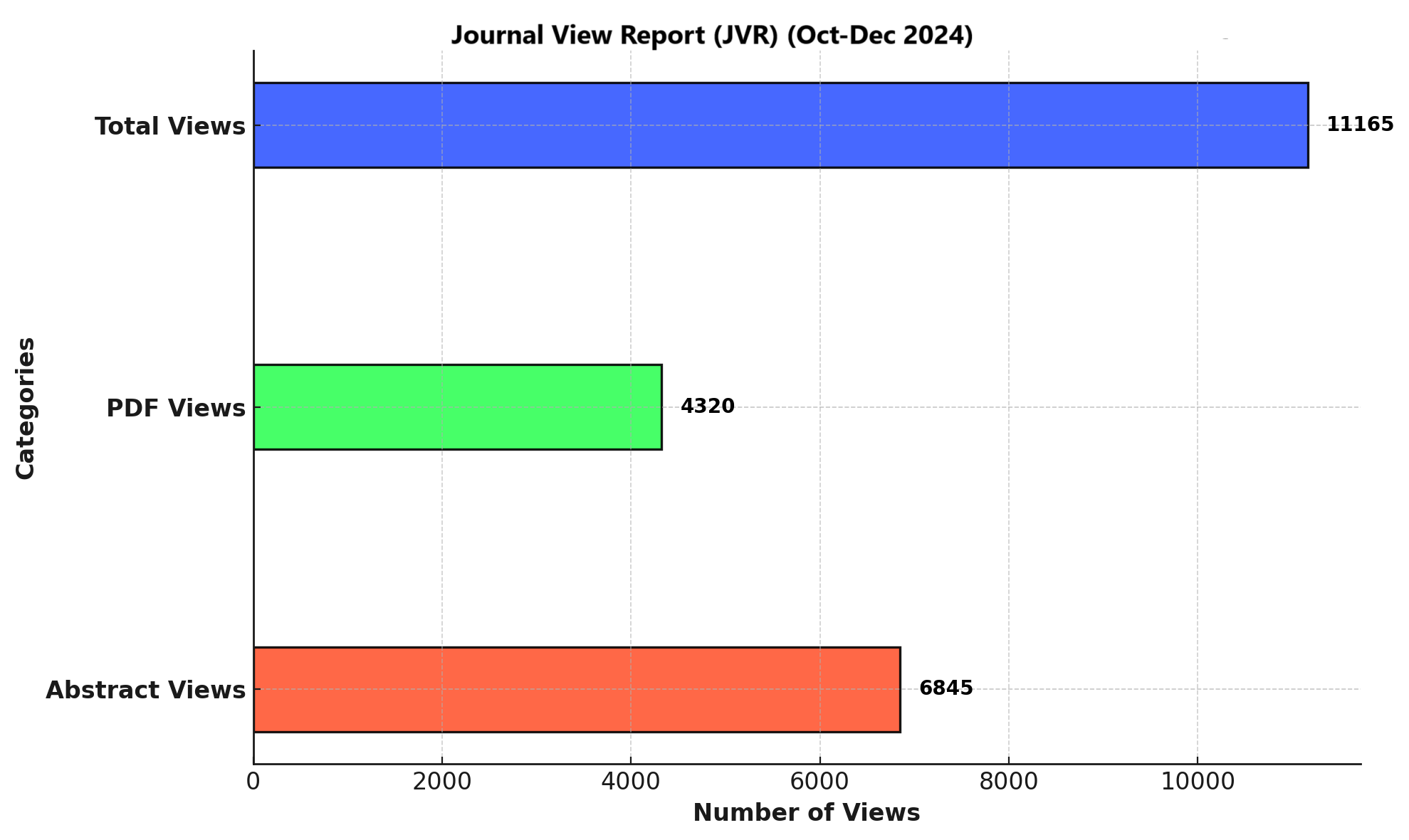EFFECTIVENESS EFFECTS OF CARLO PERFETTI METHOD ON UPPER LIMB MOTOR FUNCTION IN PATIENTS WITH SUBACUTE STROKE
DOI:
https://doi.org/10.71000/wrqj5105Keywords:
Carlo Perfetti method, cognitive therapy, electrical muscle stimulation, motor function, neurorehabilitation, stroke, upper extremityAbstract
Background: Stroke, or cerebrovascular accident (CVA), is a leading global cause of long-term disability and the fourth leading cause of mortality. Impairments following stroke often affect upper limb motor function, impacting daily activities and quality of life. Rehabilitation strategies have evolved to include neurocognitive approaches such as the Carlo Perfetti method, designed to engage both sensory and motor pathways. Evaluating the effectiveness of such interventions in subacute stroke patients is vital for improving functional outcomes.
Objective: To evaluate the effectiveness of the Carlo Perfetti method in improving upper extremity motor function in subacute stroke patients.
Methods: A randomized clinical trial was conducted with 32 subacute stroke patients recruited from Allied Hospital, DHQ Hospital, and Faisal Hospital, Faisalabad. Participants were divided into two equal groups (n=16 each) using purposive sampling. Both groups received baseline Electrical Muscle Stimulation (EMS) three times weekly for 30 minutes over 10 weeks. Group A received additional treatment using the Carlo Perfetti method, while Group B received EMS only. Outcome measures included the Motricity Index, Motor Evaluation Scale for Upper Extremity, and Modified Ashworth Scale, assessed at baseline and at 2-week intervals up to week 10. Statistical analysis was performed using SPSS 20, applying the Friedman test for within-group comparisons.
Results: Group A showed progressive improvement in motor function: Motricity Index mean rank increased from 1.00 at baseline to 6.00 at week 10; Motor Evaluation Scale improved from 1.03 to 6.00. Spasticity reduced significantly, with Modified Ashworth Scale mean rank decreasing from 4.72 to 1.56. All changes were statistically significant (p=0.000). Group B showed moderate improvement with final scores of 3.50, 3.20, and 3.00 respectively.
Conclusion: The Carlo Perfetti method was significantly more effective than EMS alone in improving upper extremity motor function and reducing spasticity in subacute stroke patients.
Downloads
Published
Issue
Section
License
Copyright (c) 2025 Hafsa Naz, Ayesha Affi, Amina Mehak Hasnat, Maria Naeem, Rozina Naz , Furqan Ali , Anbreena Rasool (Author)

This work is licensed under a Creative Commons Attribution-NonCommercial-NoDerivatives 4.0 International License.







